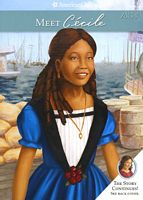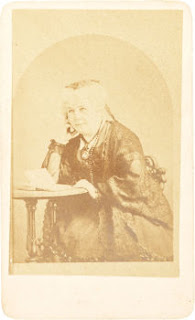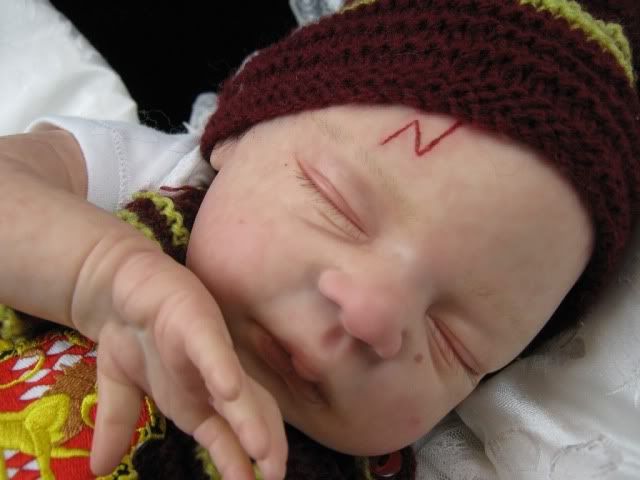Military preparations deepen as the nation girds at the first hints of a long, brutal conflict. Washington is abuzz with troop movements while the Confederate states also are organizing and calling up more forces for the inevitable fighting to follow. In Tennessee, Gov. Isham G. Harris advises the Confederate War Department in an Aug. 1 missive that he has formally transferred Tennessee forces over to the Confederacy. "The transfer is now being made as rapidly as Confederate officers can verify our rolls by the inspection of our regiments, and I hope will be completed within a few days," Harris advises Richmond, seat of the Confederacy. He proposes Nashville for a major Confederate army supply depot. Meanwhile, each side is eyeing each others' military strengths warily.  New technologies emerge in the first summer of wartime as federal forces make several initial attempts in July, including at First Bull Run, to send up manned observation balloons to spy out rebel troop movements. For decades, balloons had been used generally for sport but are now seen by the commanders as a way to glean valuable intelligence about one's foe. Reports indicate a balloonist on the Union side completed the first successful ascent in late July in Arlington, Va., just outside the nation's capital, and spied out Confederate artillery emplacements and rebel scouting parties in northern Virginia beyond Washington's Union defenses. Despite some spectacular crashes, more reconnaissance balloons would be sent aloft in the first weeks of August and the technology would be deployed particularly in the first two years of war.
New technologies emerge in the first summer of wartime as federal forces make several initial attempts in July, including at First Bull Run, to send up manned observation balloons to spy out rebel troop movements. For decades, balloons had been used generally for sport but are now seen by the commanders as a way to glean valuable intelligence about one's foe. Reports indicate a balloonist on the Union side completed the first successful ascent in late July in Arlington, Va., just outside the nation's capital, and spied out Confederate artillery emplacements and rebel scouting parties in northern Virginia beyond Washington's Union defenses. Despite some spectacular crashes, more reconnaissance balloons would be sent aloft in the first weeks of August and the technology would be deployed particularly in the first two years of war.
 New technologies emerge in the first summer of wartime as federal forces make several initial attempts in July, including at First Bull Run, to send up manned observation balloons to spy out rebel troop movements. For decades, balloons had been used generally for sport but are now seen by the commanders as a way to glean valuable intelligence about one's foe. Reports indicate a balloonist on the Union side completed the first successful ascent in late July in Arlington, Va., just outside the nation's capital, and spied out Confederate artillery emplacements and rebel scouting parties in northern Virginia beyond Washington's Union defenses. Despite some spectacular crashes, more reconnaissance balloons would be sent aloft in the first weeks of August and the technology would be deployed particularly in the first two years of war.
New technologies emerge in the first summer of wartime as federal forces make several initial attempts in July, including at First Bull Run, to send up manned observation balloons to spy out rebel troop movements. For decades, balloons had been used generally for sport but are now seen by the commanders as a way to glean valuable intelligence about one's foe. Reports indicate a balloonist on the Union side completed the first successful ascent in late July in Arlington, Va., just outside the nation's capital, and spied out Confederate artillery emplacements and rebel scouting parties in northern Virginia beyond Washington's Union defenses. Despite some spectacular crashes, more reconnaissance balloons would be sent aloft in the first weeks of August and the technology would be deployed particularly in the first two years of war.

































